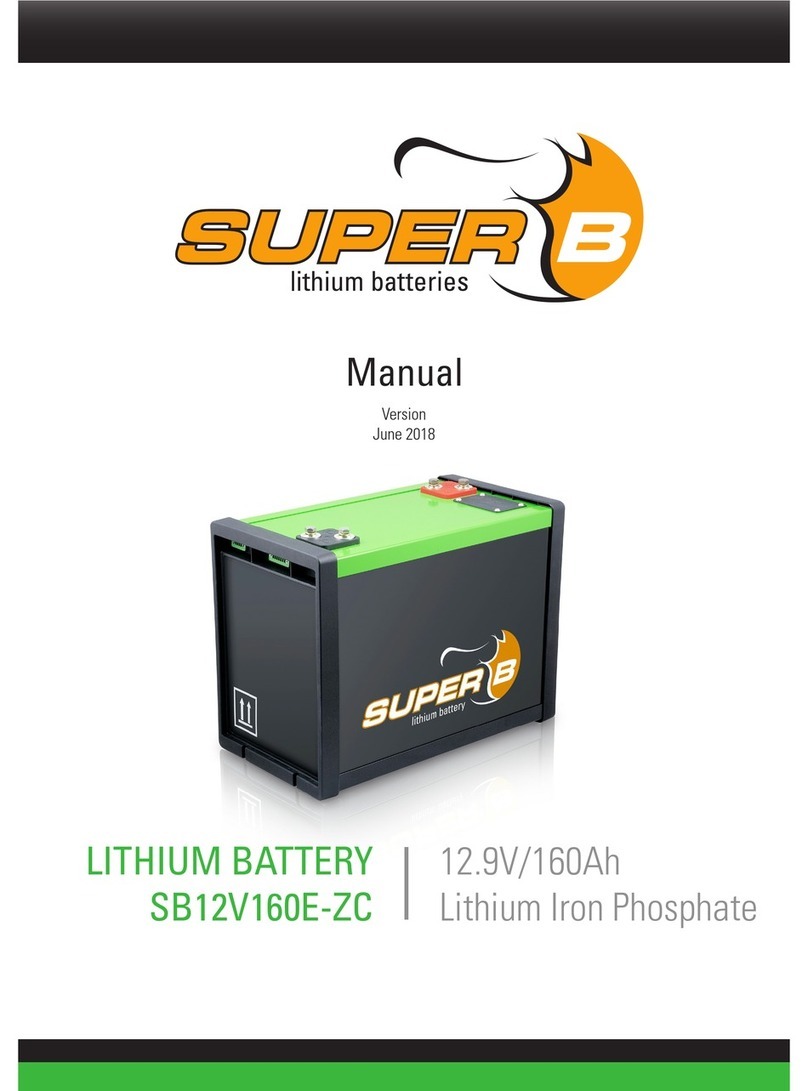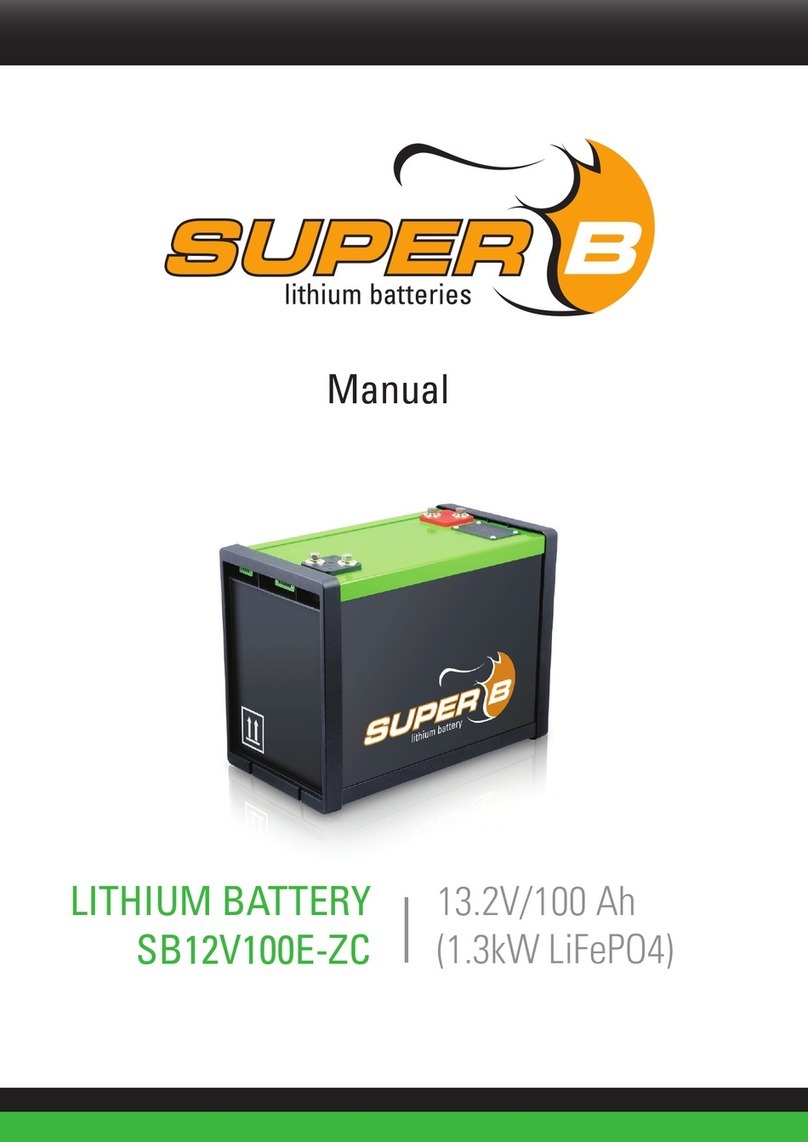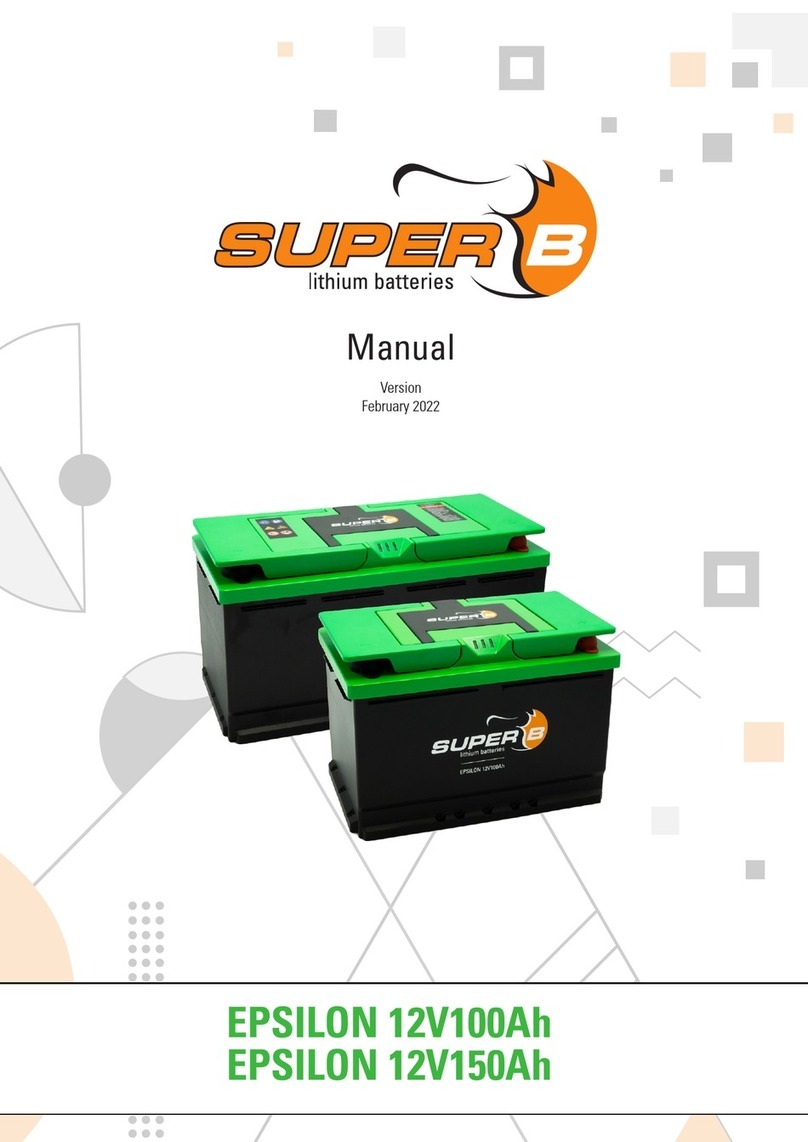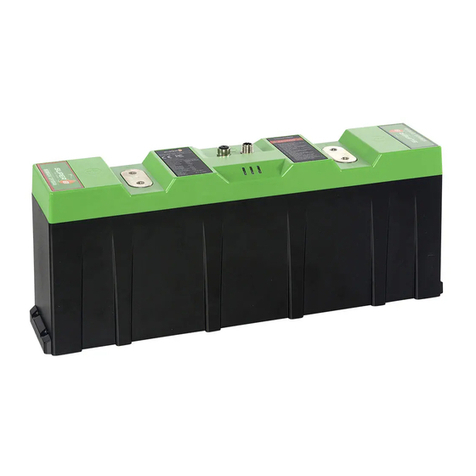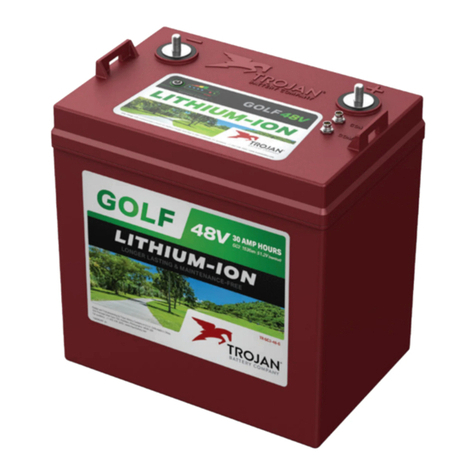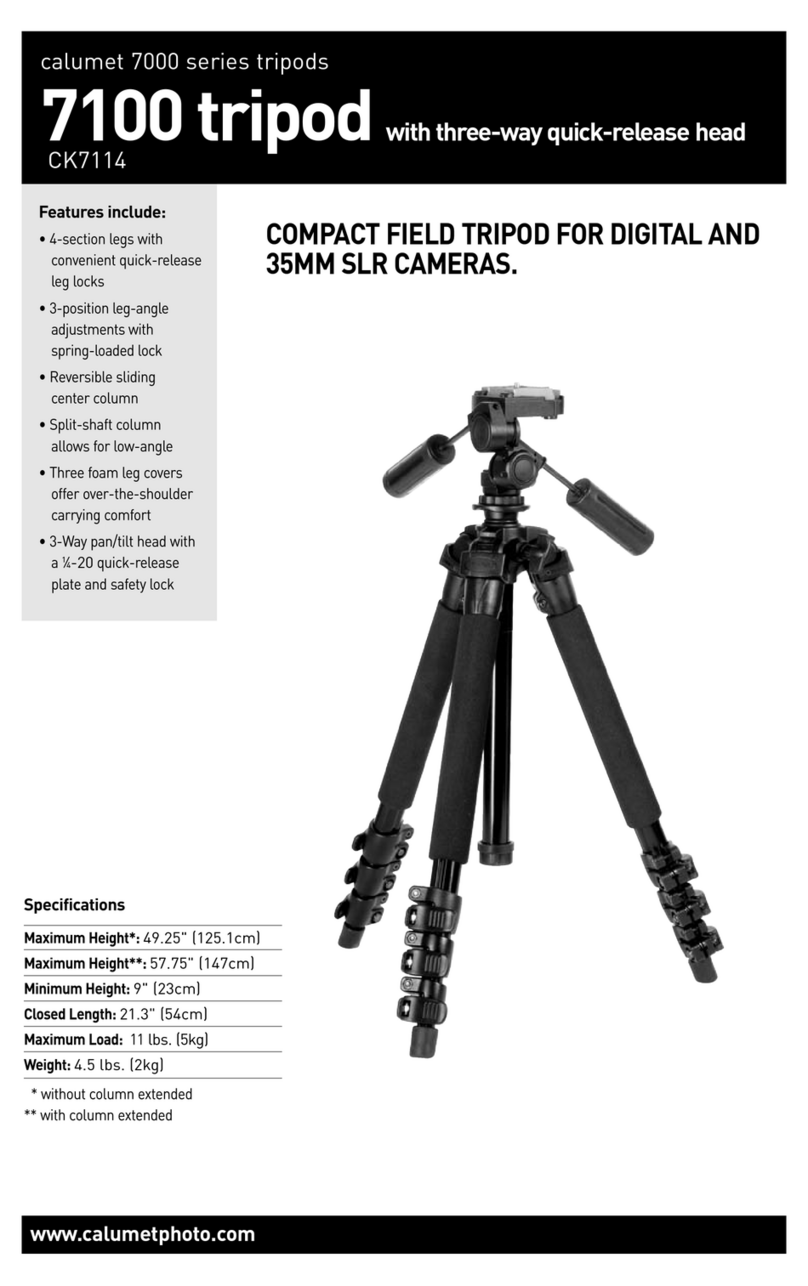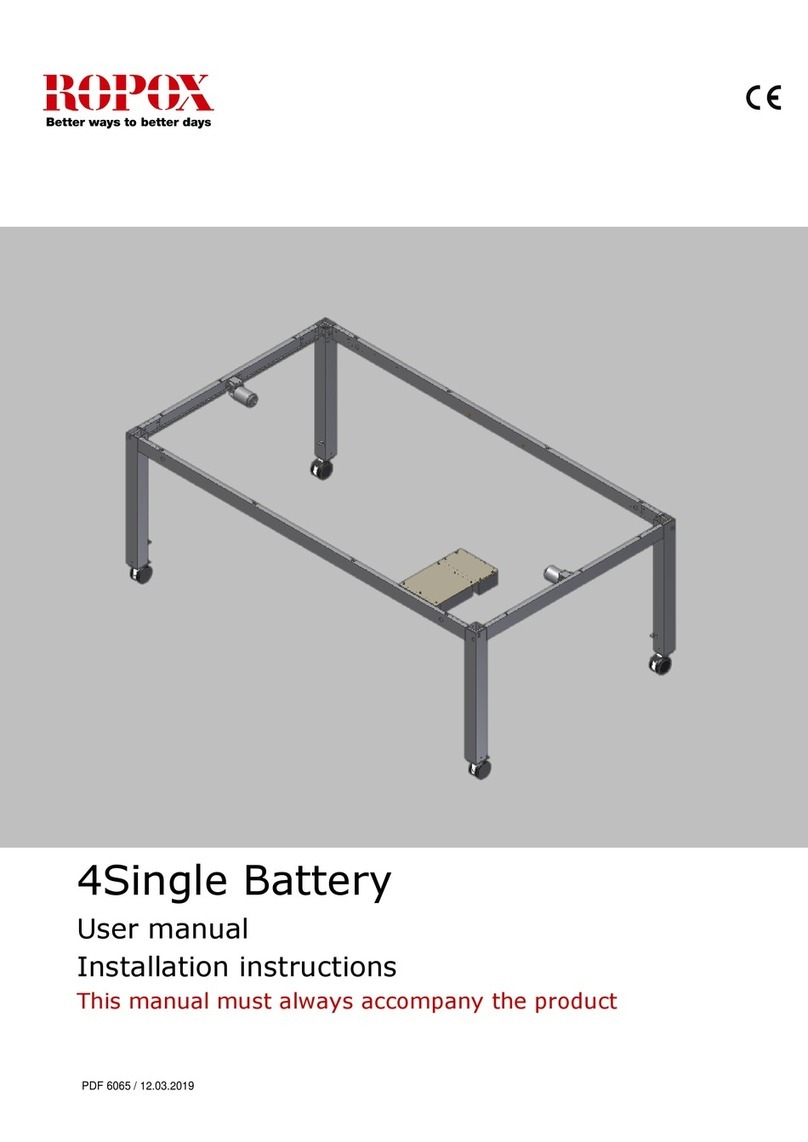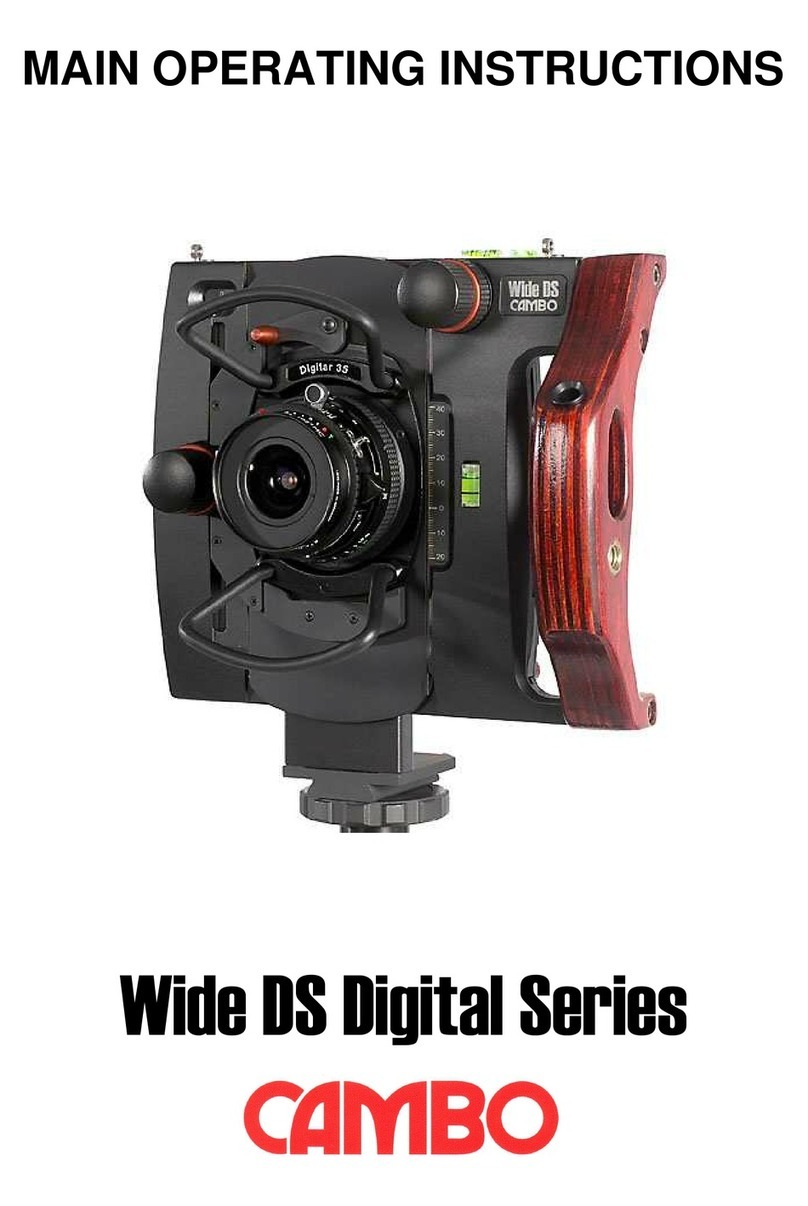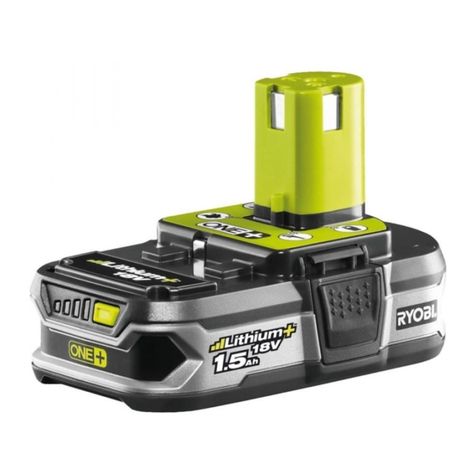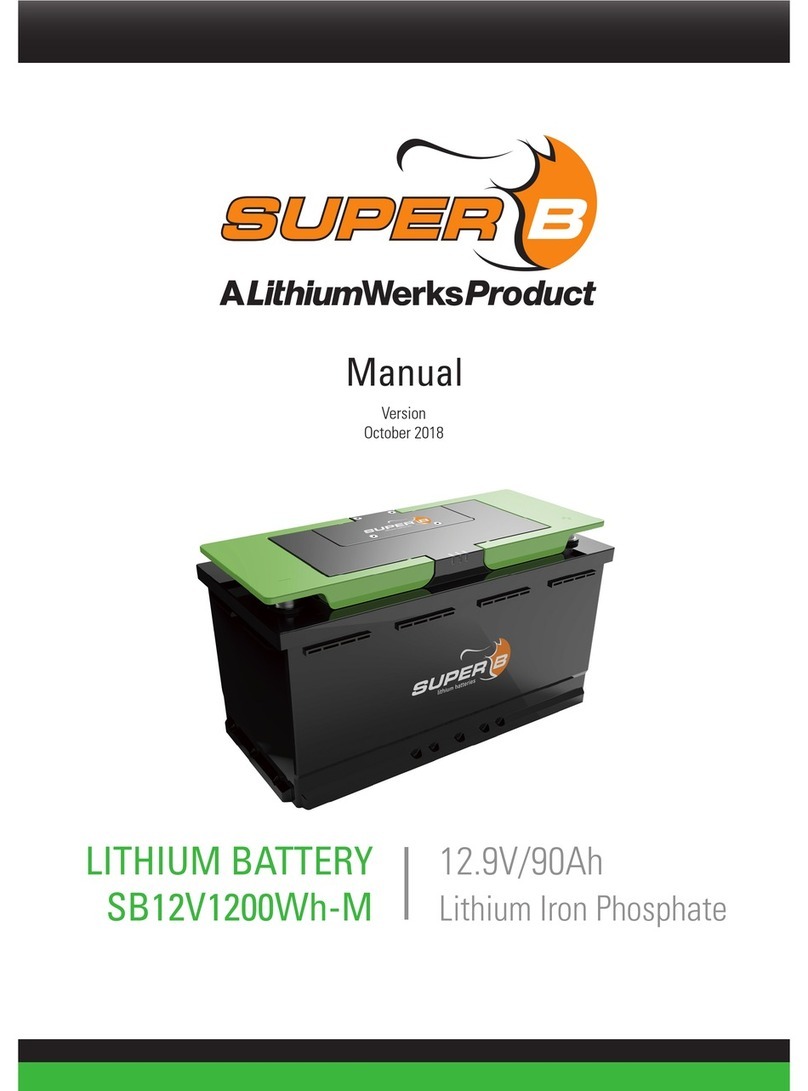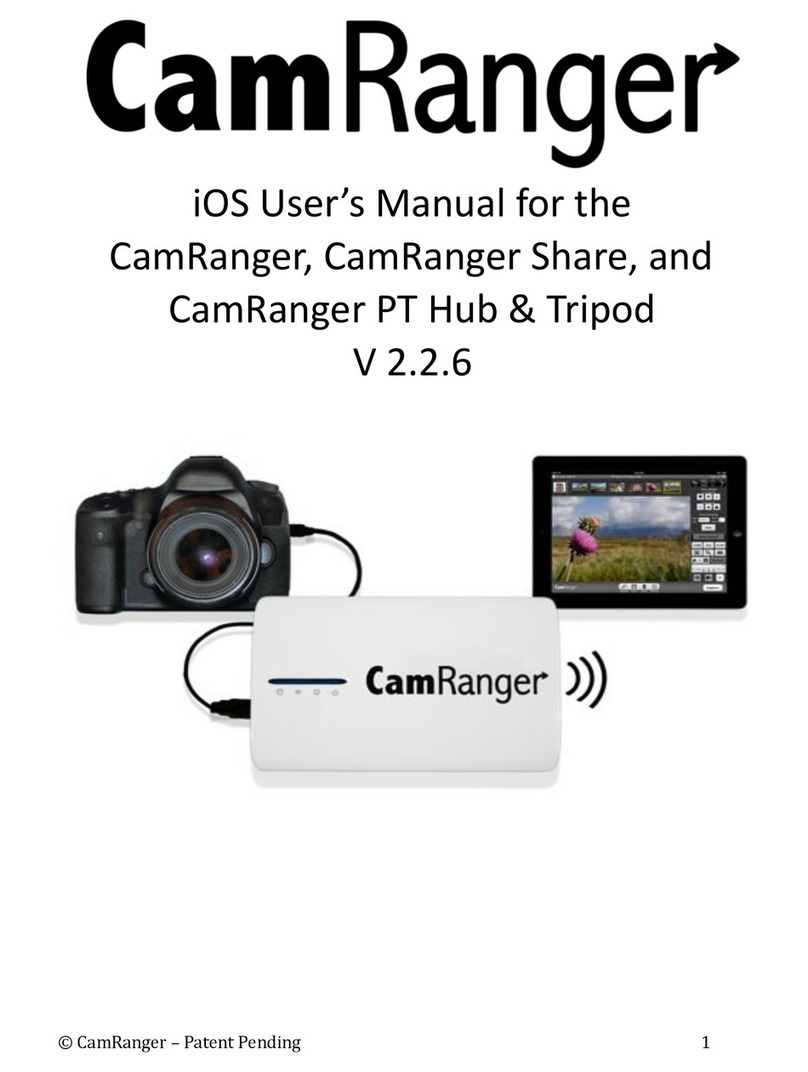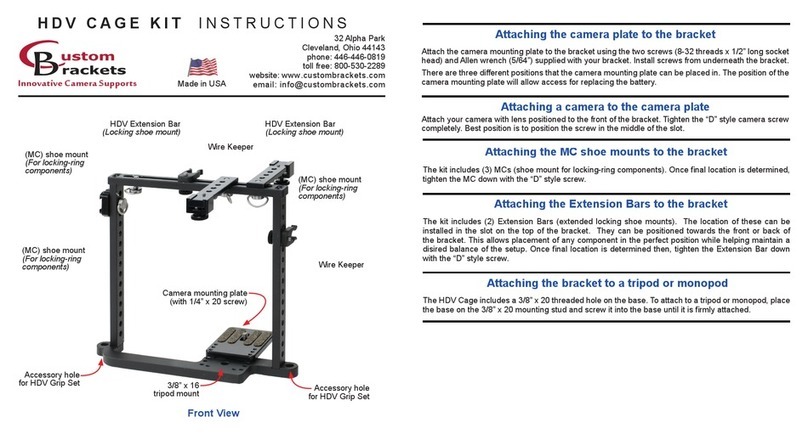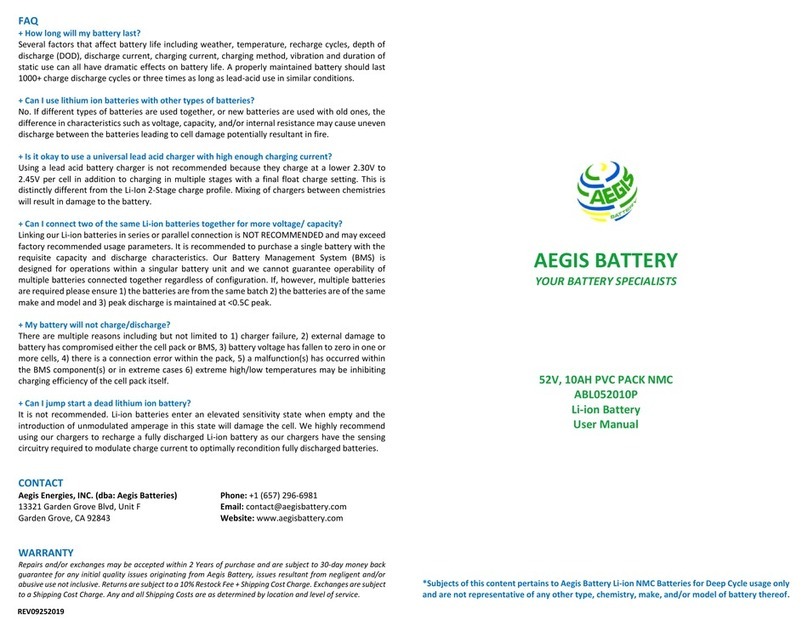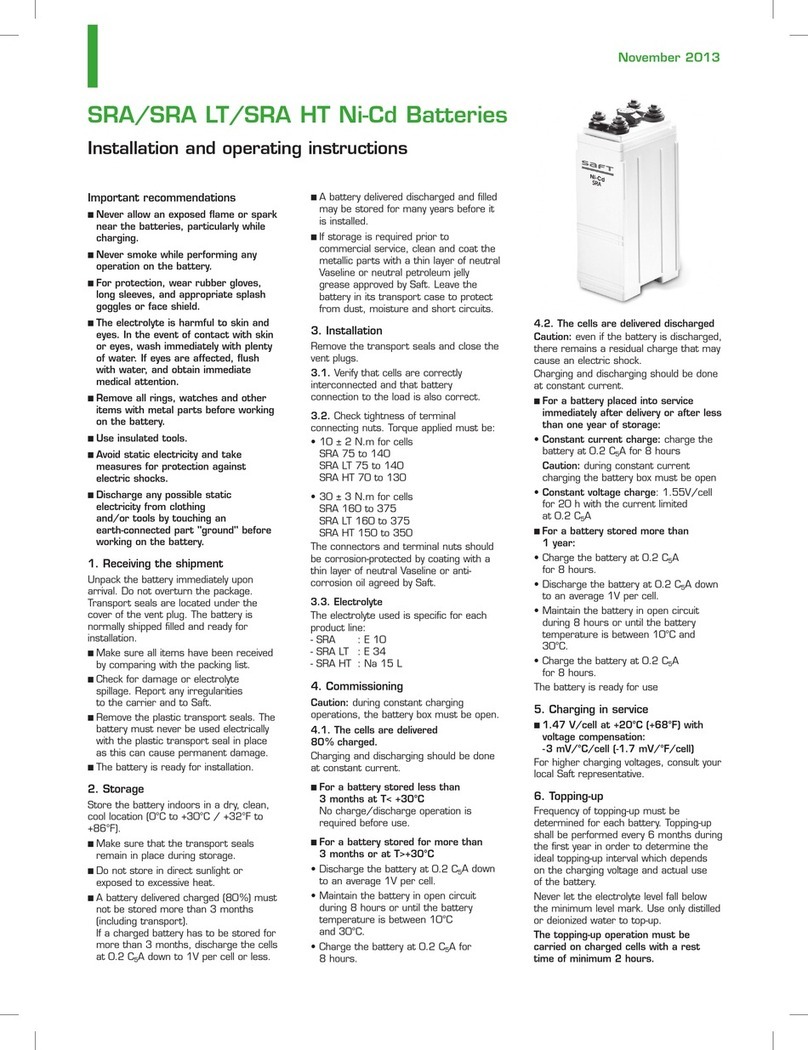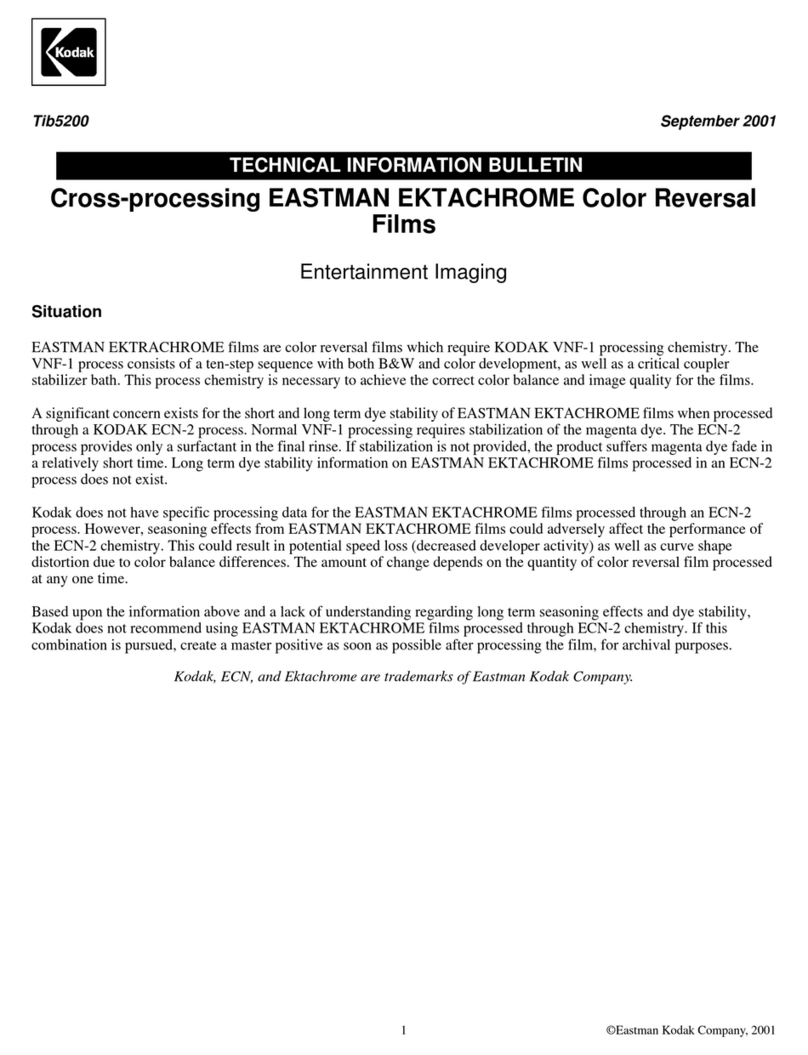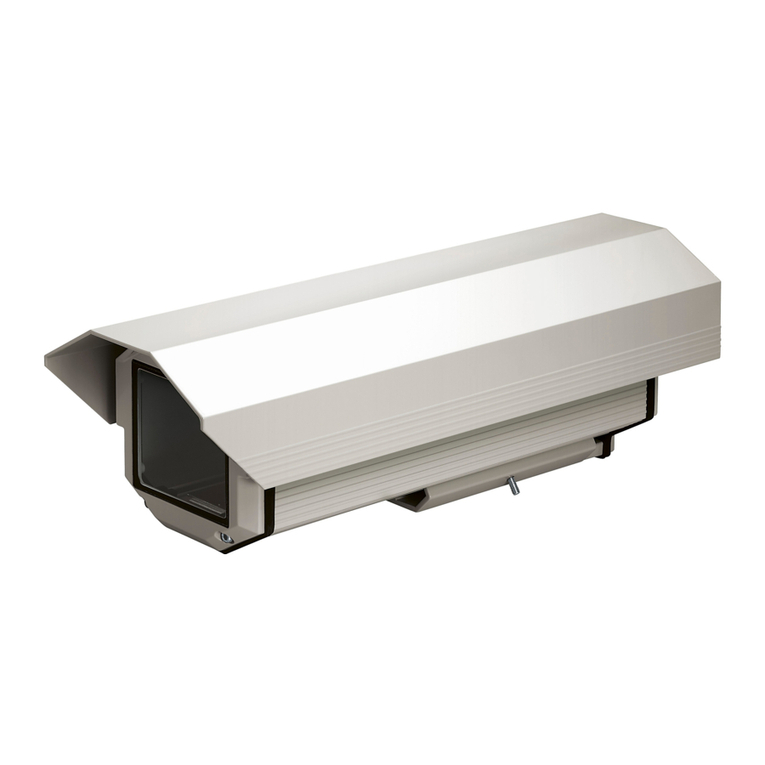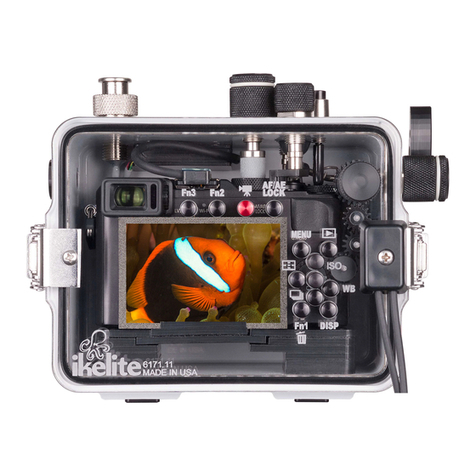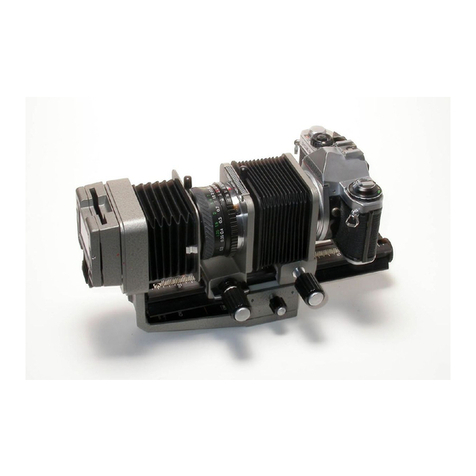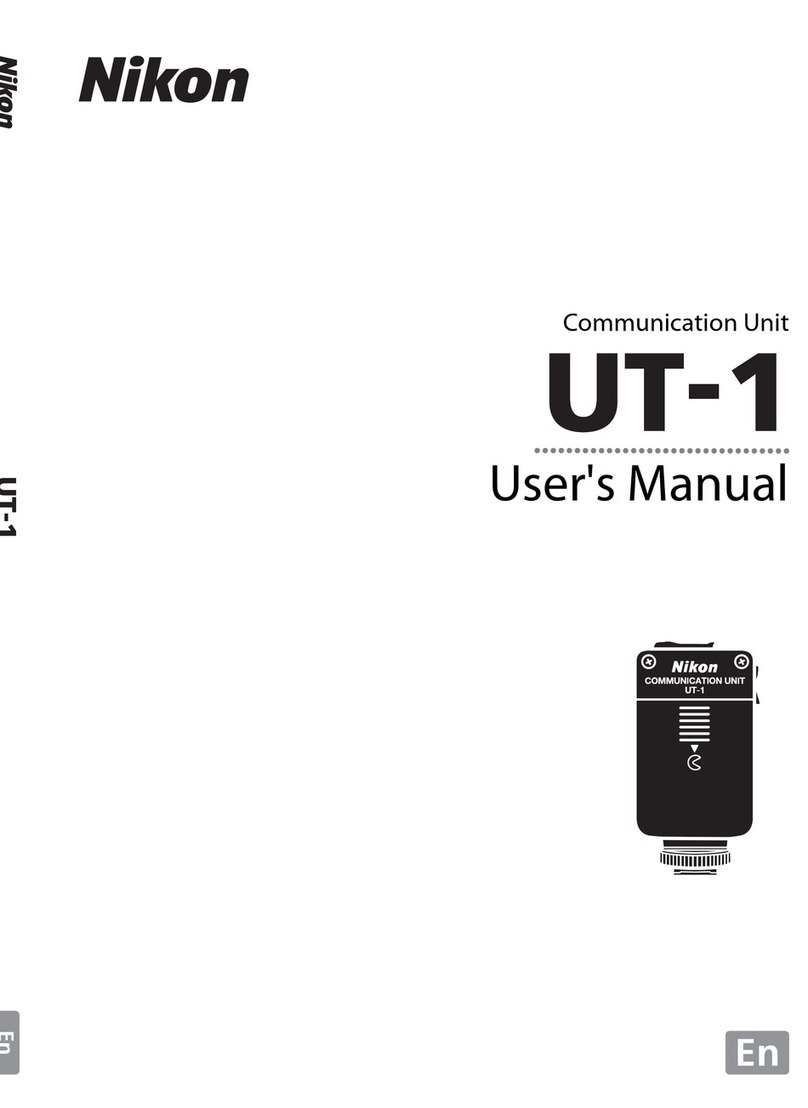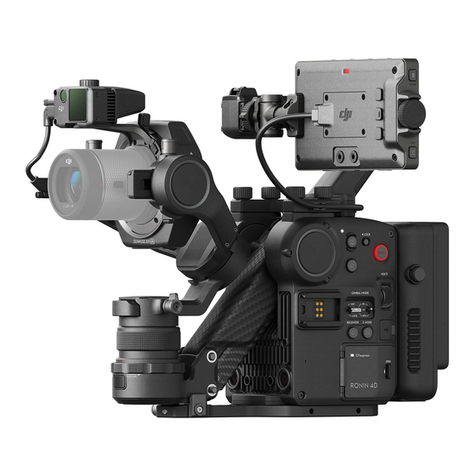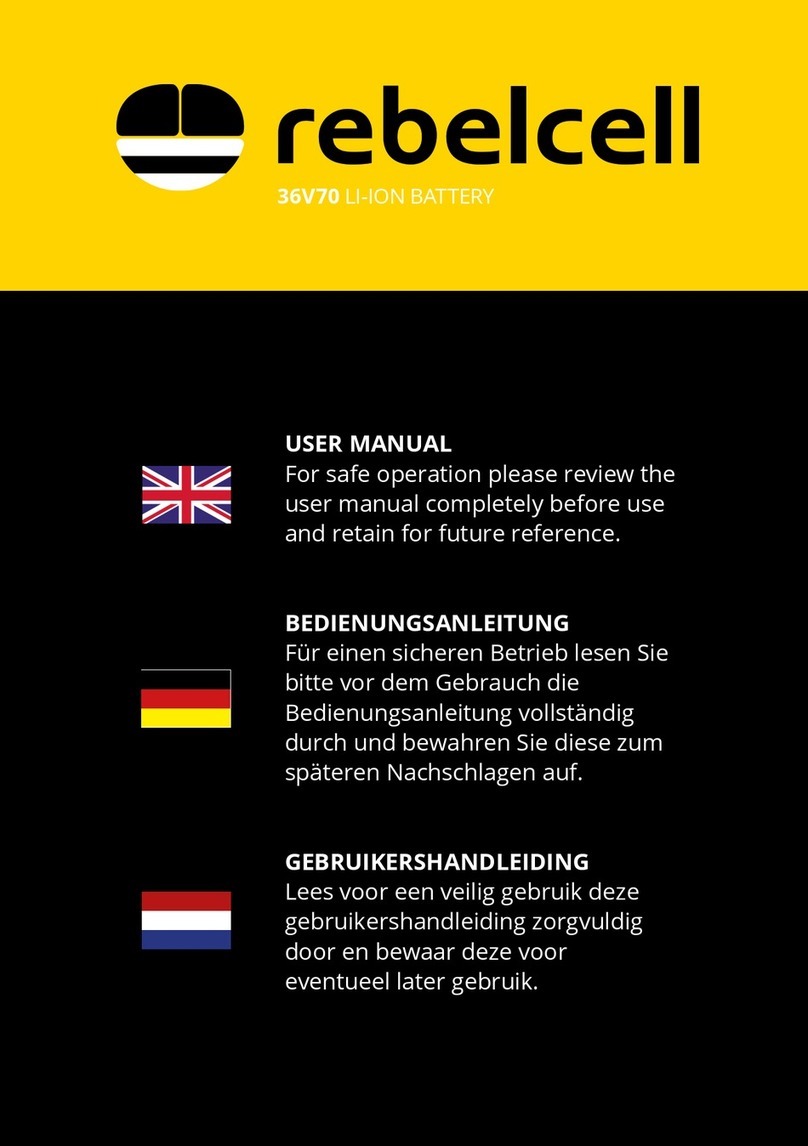5
1. Introduction
1.1. Product description
The SB12V1200Wh-M is a Lithium Iron Phosphate rechargeable battery. Potential
applications of this battery include: Recreation vehicles service battery, marine service
battery, energy storage. The boundaries of its use, as described in this manual should always
be upheld. The Li-Ion battery may not be used in medical or in aviation related applications.
The Li-Ion battery may not be used for any purposes other than described in this manual.
Using the battery for any other purpose will be considered improper use and will void the
warranty of the product. Super B b.v. cannot be held responsible for any damage caused
by improper, incorrect or unwise use of the product. Read and understand this manual
completely before using the product.
Super B provides a CE Declaration of Conformity (Appendix I) and a Certificate of Compliance
(Appendix II) for the product. In accordance with CE guidelines, a design and manufacturing
schedule is available. A Material Safety Data Sheet is also available.
The SB12V1200Wh-M complies with the following council directives:
• 2006/66/EC on Environmental EU Compliance
• 2004/108/EC (December 15, 2004) on Electromagnetic Compatibility
The SB12V1200Wh-M complies with the following standards:
• EMC: Emission - EN61000-6-3 (2007) +A1 (2001); Immunity - EN6100-6-2 (2005) + AC (2005)
• IEC 62133, Safety requirements for portable sealed secondary cells, and for batteries made
from them, for use in portable applications
• IEC 62619, SAFETY REQUIREMENTS FOR SECONDARY LITHIUM CELLS AND BATTERIES, FOR
USE IN INDUSTRIAL APPLICATIONS
• UN38.3, Classification procedures, test methods and criteria relating to class 9, Lithium metal
and lithium ion batteries
• IEC 62281, Safety of primary and secondary lithium cells and batteries during transport
During the use of the product, user safety should always be ensured, so installers, users,
service personnel and third parties can safely use the product. The user must always have
access to this manual; keep it in a safe accessible location.

